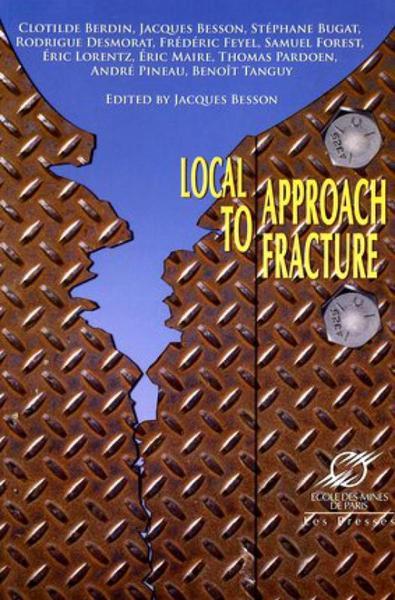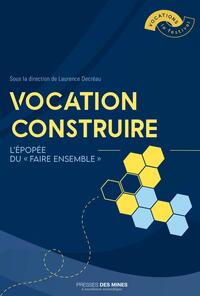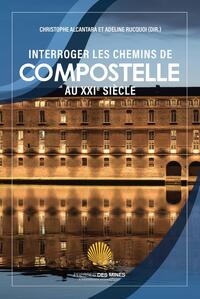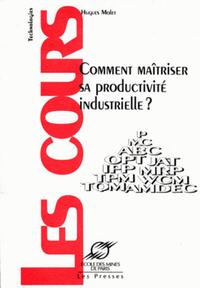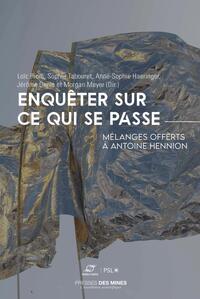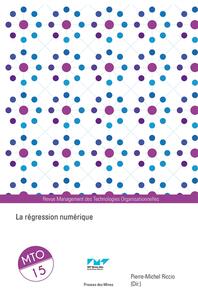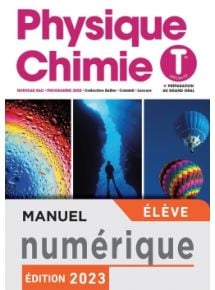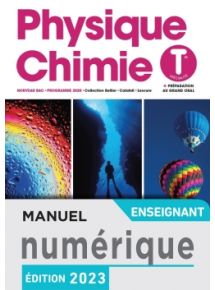Nous utilisons des cookies pour améliorer votre expérience. Pour nous conformer à la nouvelle directive sur la vie privée, nous devons demander votre consentement à l’utilisation de ces cookies. En savoir plus.
Local Approach to Fracture
EAN : 9782911762550
Paru le : 2 sept. 2004
-
 Livraison gratuite
Livraison gratuite
en France sans minimum
de commande -
 Manquants maintenus
Manquants maintenus
en commande
automatiquement -
 Un interlocuteur
Un interlocuteur
unique pour toutes
vos commandes -
 Toutes les licences
Toutes les licences
numériques du marché
au tarif éditeur -
 Assistance téléphonique
Assistance téléphonique
personalisée sur le
numérique -
 Service client
Service client
Du Lundi au vendredi
de 9h à 18h
- EAN13 : 9782911762550
- Réf. éditeur : G76255
- Collection : TRANSVALOR
- Editeur : Ecole Des Mines
- Date Parution : 2 sept. 2004
- Disponibilite : Manque sans date
- Barème de remise : NS
- Nombre de pages : 428
- Format : H:240 mm L:160 mm E:23 mm
- Poids : 700gr
- Interdit de retour : Retour interdit
-
Résumé :
Models allowing the prediction of the failure of structures by crack propagation were first introduced in the 50s using linear fracture mechanics whose principles were first proposed by Griffith (1920). This approach was extended to non linear cases (plasticity and viscoplasticity) in the 70s based on the work of Rice (J or C* integrals); it has been largely adopted by the industry. However this so called global approach cannot deal with all practical cases and cannot explain all experimental observations as, for instance, the warm pre-stress effect (WPS).
The local approach to fracture, which relies on a fine analysis of strains, stresses and damage of highly solicited regions (cracks, notches...) of structures is an alternative which allows to solve problems encountered while applying the global approach. It has been developped since the 80s in particular in France. Important research efforts are currently undertaken in this field in Europe (France, Germany), United States and Japan.
This book presents several aspects of the local approach to fracture: damage mechanisms, experimental techniques, damage evolution law and failure criteria, modelling of damage, numerical simulation.
This work is the result of a collective work carried out by the best French specialists (Ecole des Mines de Paris, Ecole Centrale Paris, ENS Cachan, Université de Louvain, INSA Lyon, ONERA, EDF).

